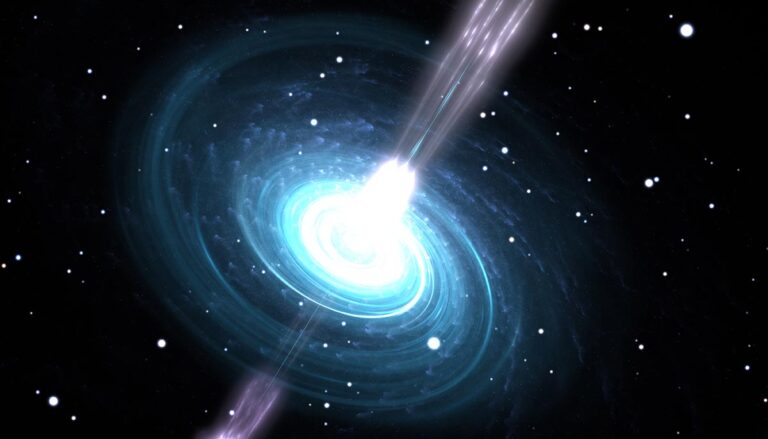Scientists have detected a mysterious signal similar to a “heartbeat” in a galaxy billions of light-years from Earth. The signal is lasting 1,000 times longer than similar detected events, which may help astronomers locate the source.
Mysterious heartbeat signal detected from distant galaxy
Astronomers have made an intriguing discovery: fast radio bursts (FRBs) in a repeating pattern they likened to a heartbeat. But what makes these different is that these signals are lasting 1,000 times longer than similar events detected in the past. The duration may help scientists finally pinpoint the source of fast radio bursts, Space.com reports.
Typically, most fast radio bursts last only a few milliseconds. They blink out and tend to be one-off events. However, scientists say this new signal, which they have dubbed FRB 20191221A, lasts up to three seconds, which makes it about 1000 times longer than the average FRB. Not only that but this newly detected signal is said to have the clearest repeated pattern astronomers have ever detected thus far. Scientists likened this periodic repeating pattern to a heartbeat.
“It was unusual,” said Daniele Michilli, a researcher from the Massachusetts Institute of Technology’s (MIT) Kavli Institute for Astrophysics and Space Research in a statement. “Not only was it very long, lasting about three seconds, but there were periodic peaks that were remarkably precise, emitting every fraction of a second – boom, boom, boom – like a heartbeat. This is the first time the signal itself is periodic.”
ET phoning home or neutron star?
Okay, it’s probably not ET sending an SOS signal. What scientists believe is that the signal is stemming from a radio pulsar or a magnetar, both of which are types of neutron stars, the Daily Mail reported.
When a massive supergiant star dies in a supernova and its core collapses, it creates a neutron star. In this process, the protons and electrons essentially melt into one another to form neutrons. This collapse creates one of the densest stellar objects known to humankind.
How dense, you ask? A single teaspoon would weigh about a billion tons. The gravity of a neutron star is inescapable. The average gravity of a neutron star is 2 billion times stronger than gravity on earth.
Further, the power given off during a supernova giving birth to a neutron star sends it spinning rapidly, as fast as 43,000 times per minute. If the star’s magnetic poles are misaligned with its rotational axis, observers on Earth can detect “pulses” of energy from it–that’s a pulsar!





